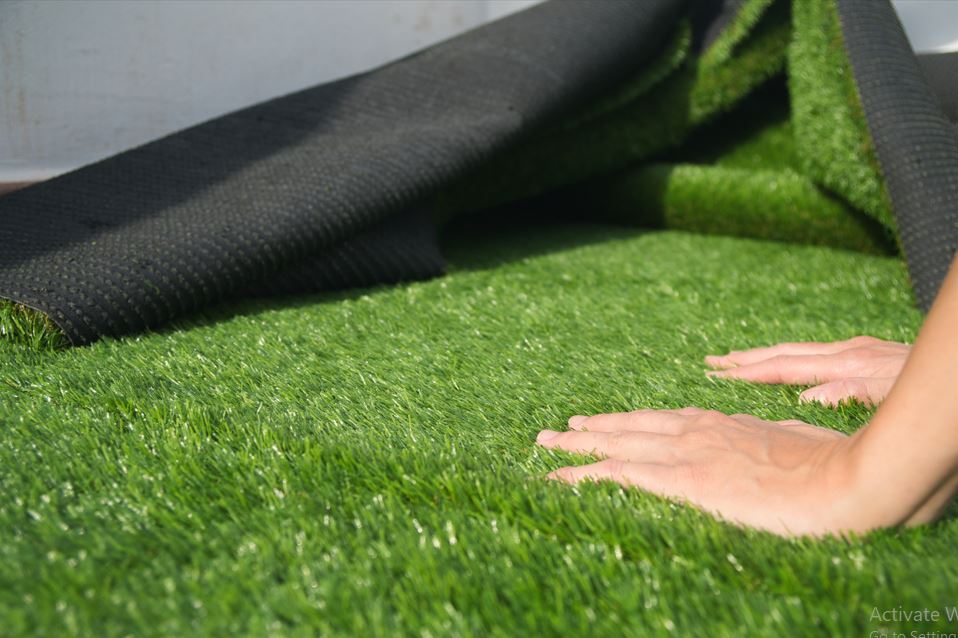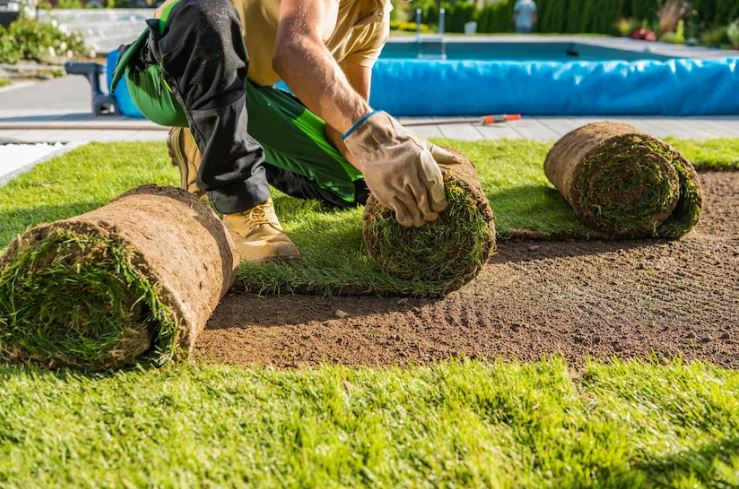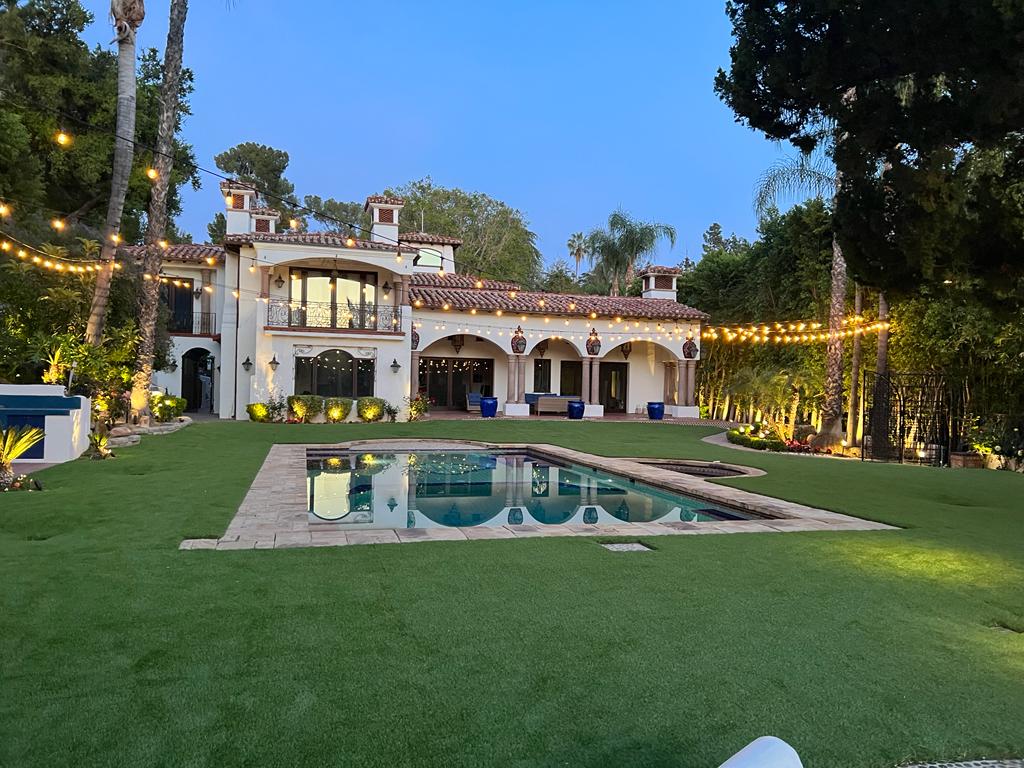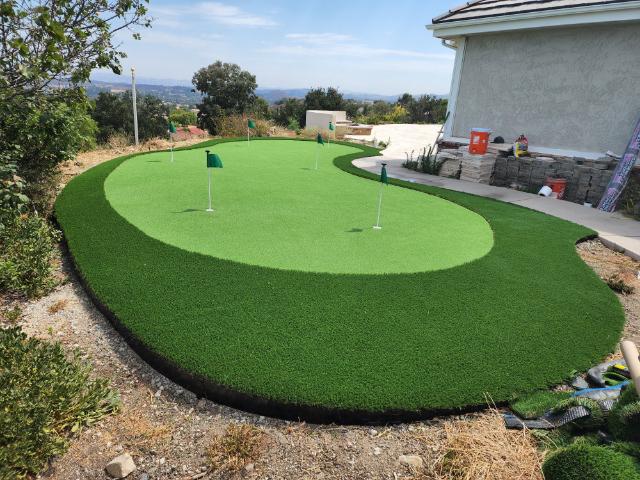Have you ever been tricked into believing that the grass on the lawn is real until the owner tells you that it is synthetic grass? Yes, that’s what having high-quality synthetic grass can do for you. But with so many options on the market, determining factors that signal truly durable, natural-looking synthetic turf suited for years of family use poses a challenge.
By keeping these 6 quality indicators related to backyard synthetic grass in mind when comparing products, you can more easily identify the best value picks that provide long lasting residential performance.
6 Tips for Spotting Good Quality Synthetic Grass
1. Check Pile Height Consistency
Run your hand back and forth across a sample. Consistent, even pile height without drastic highs and lows indicates reliable manufacturing with fibers well secured to the turf backing. These small details make a difference in achieving uniform visuals.
2. Evaluate Fiber Thickness and Coating
Thicker, more rigid fibers signal higher quality compared to overly thin, flimsy ones prone to matting down quickly with use in ugly flat spaces. Also confirm that fibers feature UV protective coatings to better retain color vibrancy even under intense sun exposure over time.
3. Assessing Backing Durability
Quality synthetic grass options utilize strong woven backings able to withstand localized joint seam stresses that lead to tears, as well as burrowing pets or shifted patio furniture gouging the lawn without damage. What’s used to anchor the backing to the ground below also marks an important durability distinction.
4. Check the Permeability
While not all artificial grass is suited for major water drainage, higher-quality brands incorporate permeability into turf systems to reduce puddling during storms and allow enough subsurface water flow. Check that the product satisfies your specific drainage requirements.
5. Confirm Flammability Standards
Homeowners rightfully worry about synthetic grass catching a stray ember during fire pit gatherings. Rational manufacturers test products for flammability, targeting accepted standards like Class C fire resistance to ease safety concerns over accidents across flame resistant turf.
6. Certifications and Warranties
Check the manufacturer’s warranties and certifications. Reputable manufacturers frequently offer guarantees that ensure the quality and durability of their synthetic grass products. Certifications from industry standards groups show a dedication to quality.
By applying these tips that zone in on critical aspects including fiber uniformity, UV treatment, tear resistance backing, weather durability and heat safety rather than just aesthetics alone, homeowners can feel far more confident in achieving extended backyard synthetic grass viability.
Additionally, it implies a reduction in the need for expensive post-installation repairs or replacements. Consider options for meeting markers for resilient quality if you want to gain years of lovely landscape enjoyment minus the daily mowing.






